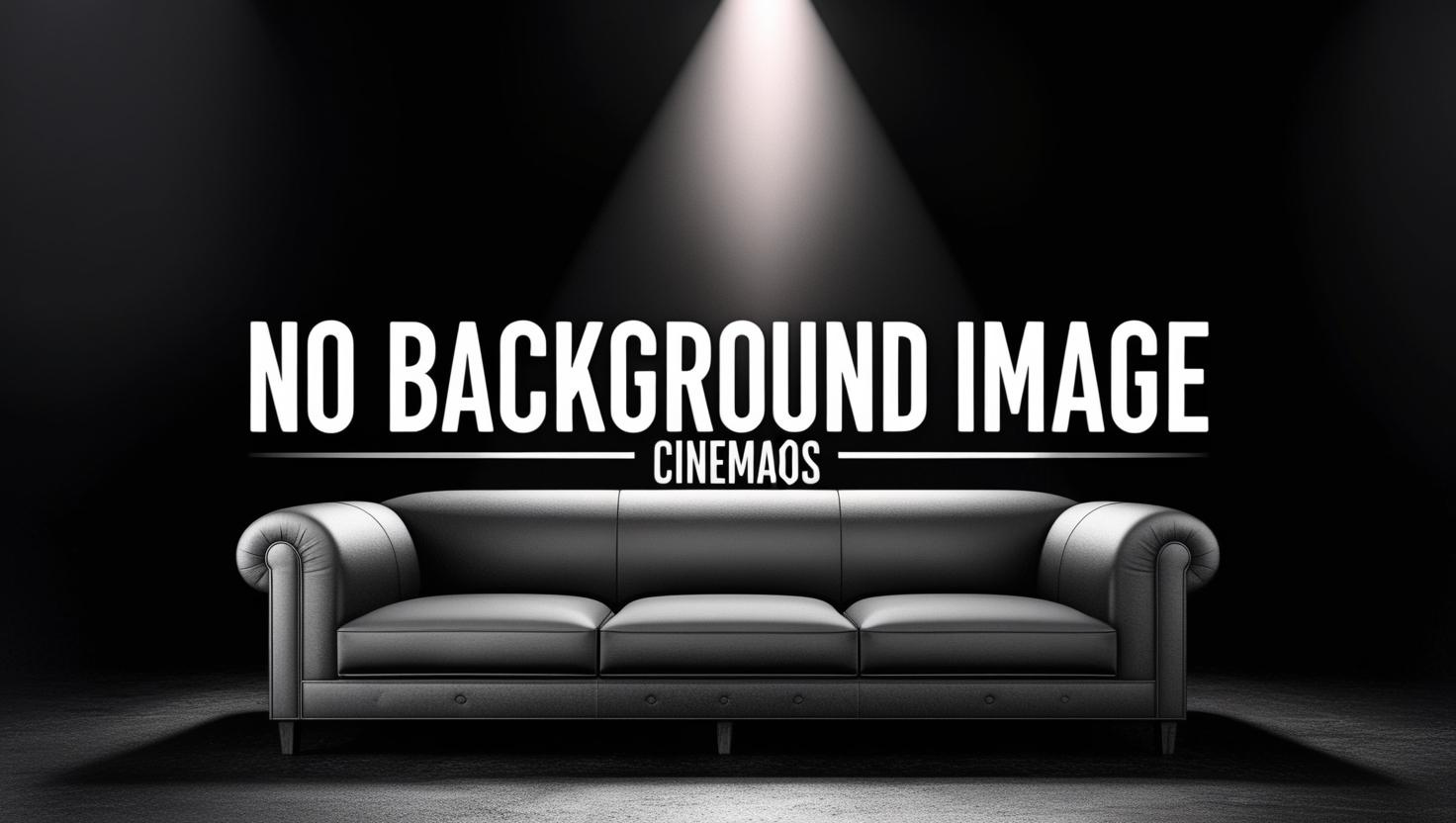
Cast & Crew
5 members
Acting
大野一雄
Unknown Role

Acting
Yoshito Ohno
Unknown Role

Acting
Tanya Khabarowa
Unknown Role
No Image
Acting
Urara Kusanagi
Unknown Role
No Image
Acting
Ko Murobushi
Unknown Role
No Image

Unknown Role

Unknown Role

Unknown Role
Unknown Role
Unknown Role